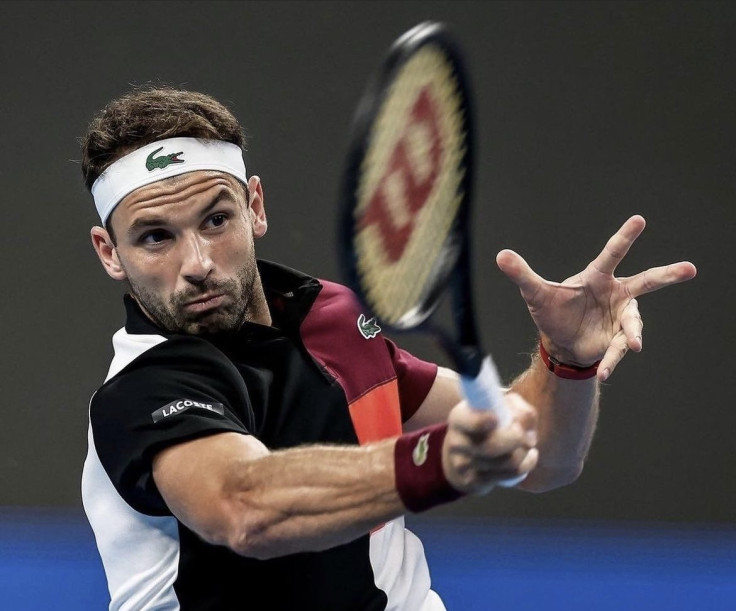Wimbledon 2025: Sinner Advances After Dimitrov's Injury Suspension in Gruelling Match
Grigor Dimitrov retires with a torn muscle after leading by two sets

Wimbledon 2025 is no longer just a showcase of tennis brilliance, it is becoming a survival test. The highly anticipated match between World No. 1 Jannik Sinner and seasoned competitor Grigor Dimitrov ended in abrupt fashion after both players sustained injuries. Touted as a likely five-set thriller, it became a brutal battle that exposed the physical cost of elite tennis.
Dimitrov Forced to Retire Despite Two-Set Lead
Grigor Dimitrov looked in command, winning the first two sets 6–4, 7–6. However, early in the third, he suffered a suspected pectoral tear and was forced to retire, according to The Times. For a player to withdraw while leading shows just how serious the injury was.
The pectoral muscle plays a critical role in serves and forehands. Per reports from the ATP Tour, Dimitrov's pain was visible as he walked off Centre Court, an emotional exit for a player chasing his first Wimbledon semi-final since 2014.
Jannik Sinner also had his struggles. He slipped and injured his elbow during the match, prompting a medical timeout reported by TSN. Although he continued playing, he looked increasingly uncomfortable and had to rely on sheer will to get through.
Why Tennis Injuries Are Becoming More Common
The modern game is faster, more physical, and demands year-round conditioning. Grand Slam matches often stretch beyond three hours, with punishing rallies and explosive movements placing enormous stress on the body.
Several data points reflect the toll:
- Players now compete in 70–80 matches annually, often across continents.
- The average men's singles match at Wimbledon in 2025 lasts over 3 hours 10 minutes.
- Grass courts, while iconic, are slick and increase the risk of falls.
- Wimbledon has already recorded five injury-related retirements this year, approximately 40% increase from 2020.
These figures help contextualise why even top-tier athletes like Sinner and Dimitrov are breaking down mid-tournament.
Sinner Advances, But Elbow Injury Casts Doubt
Sinner's ability to finish the match despite injury is a testament to his toughness. But his prospects for the quarter-finals remain uncertain.
His elbow will likely require daily medical treatment. If inflammation or pain worsens, it could hinder his serve and forehand, two critical weapons in his arsenal.
Tennis analyst Emily Hart noted: 'We're seeing more players trying to play through injuries because the stakes are so high. But that often backfires. Wimbledon could lose its biggest names before the final weekend'.
Has Wimbledon Become Too Demanding?
Once seen as a celebration of grace and precision, Wimbledon now seems to reward those who can simply survive.
The crowded ATP calendar plays a role. Players get just 17 days between the French Open and Wimbledon. That is barely enough time to adjust surfaces, recover physically, and prepare mentally.
Organisers may need to reconsider the structure of the grass-court season, player recovery periods, or even expand on-court medical protocols.
What This Means for the Tournament and the Sport
- Dimitrov's injury came despite a two-set lead, showing how unforgiving the game has become.
- Sinner advanced, but at the risk of long-term damage.
- Fans expecting classic five-setters may instead witness more retirements and lopsided matches.
- Wimbledon and the wider tennis community face a critical choice: prioritise performance, or protect players' health.
The tournament may yet crown a deserving champion, but how many greats will fall before the final weekend?
© Copyright IBTimes 2025. All rights reserved.




















